Introduction
Low light photography can be thrilling yet challenging. Capturing stunning images in dimly lit environments requires skill, patience, and the right equipment. Whether it’s a starry night, an indoor scene, or a cityscape at dusk, mastering low light photography can add dramatic flair to your portfolio.
Essential Equipment
Fast Lenses
Invest in lenses with wide apertures (f/1.8 or lower) to allow more light to hit the camera sensor, making them ideal for low light situations.
Tripod
A sturdy tripod is crucial for stabilizing your camera during long exposure shots, preventing blurry images caused by camera shake.
Cameras with Good Low-Light Performance
Modern cameras with larger sensors and high ISO capabilities perform better in low light. Look for models known for their low-light prowess.
Techniques for Low Light Photography
ISO Settings
Increase your camera’s ISO setting to make the sensor more sensitive to light. However, be cautious as higher ISO levels can introduce noise into your images. Find a balance that works for your specific camera model.
Aperture
Use a wide aperture (small f-number) to allow more light into the camera. This not only helps in low light but also creates a shallow depth of field, adding a beautiful bokeh effect to your photos.
Shutter Speed
Slower shutter speeds allow more light to enter the camera. When using slow shutter speeds, ensure your camera is steady, either by using a tripod or placing it on a stable surface.
Stabilization
If your camera or lens has image stabilization features, make sure they are enabled to reduce blurriness in handheld shots.
Creative Aspects of Low Light Photography
Using Shadows and Highlights
Low light photography offers a unique opportunity to play with shadows and highlights. Experiment with backlighting or side lighting to create dramatic contrasts.
Artificial Light Sources
Incorporate artificial lights such as street lamps, fairy lights, or even smartphone screens to add interesting elements to your photos.
Post-Processing Tips
Noise Reduction
Use post-processing software to reduce noise in your images. Tools like Adobe Lightroom and Photoshop offer powerful noise reduction features that can enhance the clarity of your low-light photos.
Enhancing Details
Adjust the contrast, brightness, and sharpness to bring out the details in your low-light images. Be careful not to overdo it, as it can lead to unnatural-looking photos.
Conclusion
Mastering low light photography requires practice and experimentation. Don’t be afraid to try different settings and techniques to see what works best for you. With the right equipment and a bit of patience, you can capture stunning images that stand out in dimly lit environments.
#LowLightPhotography #PhotographyTips #NightPhotography #PhotographyEquipment #PhotographyTechniques #ISOSettings #Aperture #ShutterSpeed #CreativePhotography #PostProcessing #PhotographyBlog

